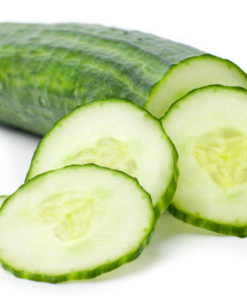Beans long Growing also known as yardlong beans or asparagus beans, is relatively easy. Here’s a step-by-step guide to help you grow long beans:
- Selecting Varieties:
- Choose a suitable variety ofbeans. There are different types available, such as Red Noodle, Chinese Red, and Green Podded varieties.
- Climate and Soil:
- they thrive in warm climates with temperatures between 70°F to 95°F (21°C to 35°C). They prefer well-draining soil with a slightly acidic to neutral pH (around 6.0 to 7.0).
- Ensure that the location receives full sunlight.
- Planting:
- Plant beans directly in the soil or start them indoors and transplant later.
- If starting indoors, sow seeds in pots 2-4 weeks before the last expected frost. Transplant them when the soil has warmed up.
- Plant seeds about 1 inch deep and 4-6 inches apart. For rows, space them 2-3 feet apart.
- Watering:
- beans need regular watering. Keep the soil consistently moist, but not waterlogged.
- Water at the base of the plant to prevent fungal diseases.
- Support Structures:
- beans are climbing plants and require support. Provide a trellis, stakes, or a fence for the vines to climb.
- Make sure the support structure is sturdy to handle the weight of the growing beans.
- Fertilizing:
- Use a balanced fertilizer or add compost to the soil before planting. Side-dress with a balanced fertilizer during the growing season.
- Avoid excessive use of nitrogen, as this can promote leafy growth at the expense of bean production.
- Mulching:
- Apply a layer of mulch around the plants to help retain moisture, suppress weeds, and regulate soil temperature.
- Pruning:
- Trim the tips of the vines when they reach the desired height to encourage lateral branching and more bean production.
- Pest and Disease Management:
- Keep an eye out for pests like aphids, spider mites, and caterpillars. Use organic or chemical control methods as needed.
- Provide good air circulation to reduce the risk of fungal diseases
Be the first to review “Beans long green pack of 20 seeds” Cancel reply
You must be logged in to post a review.












Reviews
There are no reviews yet.